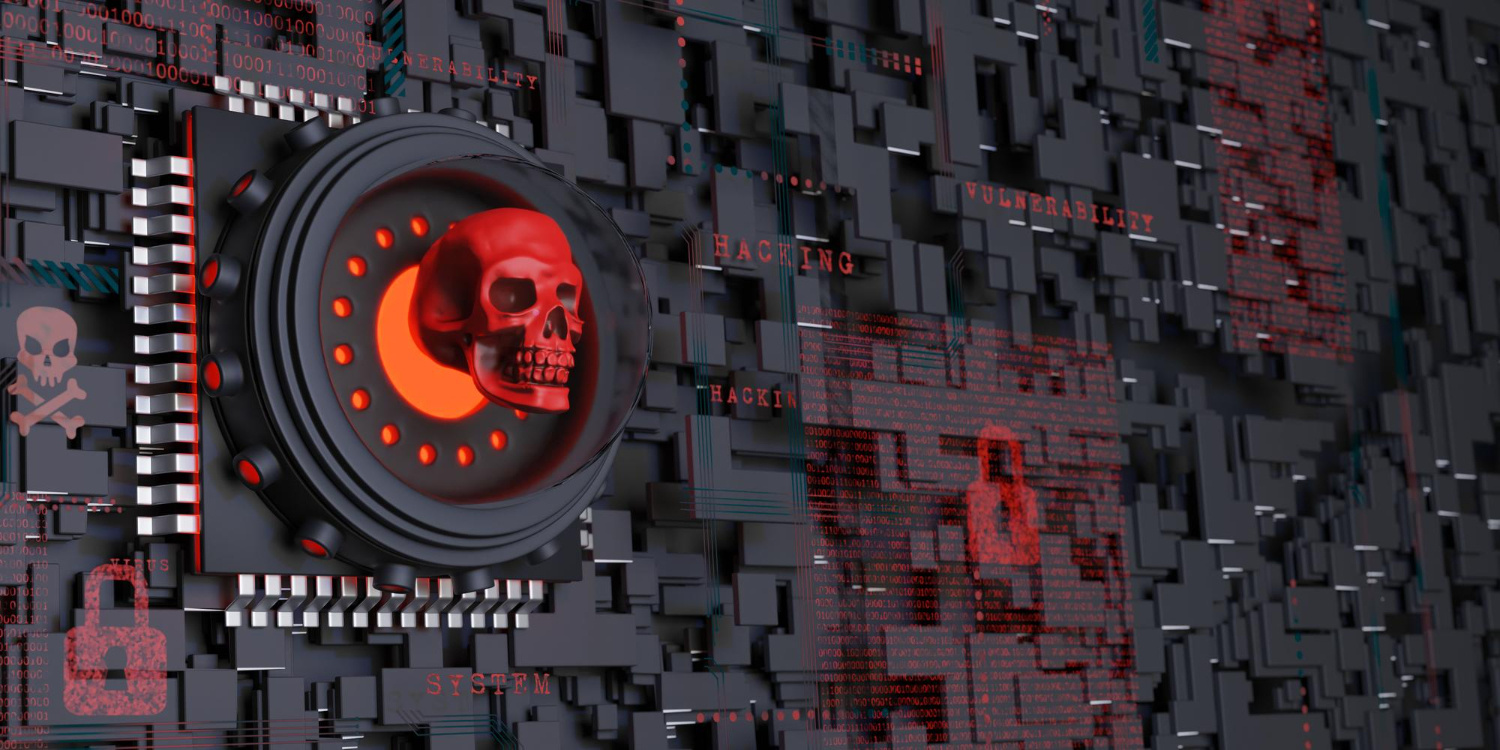AI-Powered Malware & Ransomware
Traditionally, malware was relatively static: predictable, repetitive, and detectable by standard security systems. But by 2025, cybercriminals have embraced artificial intelligence (AI), dramatically transforming malware into adaptive and sophisticated threats, capable of evading conventional defenses.
How AI Changes the Malware Game
Today’s AI-driven malware doesn’t merely execute pre-written instructions—it actively analyzes its environment, learns from interactions, and adapts its methods in real-time. For instance, such malware can detect when it’s running in a sandbox (an isolated test environment) and then alter its behavior to avoid detection.
Imagine a malware strain that autonomously assesses the network it infiltrates, learns security patterns, and dynamically adapts its attack methods to exploit previously unseen vulnerabilities. This evolution makes conventional antivirus software and static firewall defenses increasingly ineffective.
AI-Driven Ransomware: More Targeted and Dangerous
AI also significantly enhances ransomware attacks. Criminal groups now utilize intelligent algorithms to identify the most profitable targets based on financial strength, industry, and security vulnerabilities. AI-driven ransomware precisely selects victims with high ransom-payment likelihood, ensuring attacks become far more profitable and damaging.
Moreover, such ransomware can dynamically adapt encryption methods or spread patterns to evade detection, complicating defensive strategies even further.
Implications for Businesses: Shifting the Security Landscape
The balance of power is shifting: companies are no longer dealing merely with simple or predictable cyberattacks. Instead, they now face highly dynamic, intelligent, and adaptable threats. Traditional cybersecurity measures, which rely on static rules and signatures, simply won’t suffice.
Strategic Responses: Fighting AI with AI
Businesses must therefore adopt innovative and proactive defense mechanisms, including:
-
Behavior-based AI Security: AI-driven security tools analyze behavioral patterns in real-time, identifying and stopping anomalies as they occur.
-
Automated Incident Response: Advanced systems can autonomously detect threats, isolate compromised devices, or shut down malicious activities instantly, reducing damage significantly.
-
Next-Generation Endpoint Security: Solutions that leverage machine learning algorithms to recognize and neutralize adaptive malware and ransomware attacks before harm occurs.
Recommendations for Organizations
To effectively respond to the threat posed by AI-driven malware and ransomware, organizations should:
-
Integrate AI-based threat detection and response solutions into their cybersecurity frameworks.
-
Actively conduct security simulations involving intelligent malware scenarios, training teams to recognize and respond quickly.
-
Strengthen employee security awareness, especially highlighting the sophisticated nature of AI-driven threats.
Stay ahead of the wave!

Comments